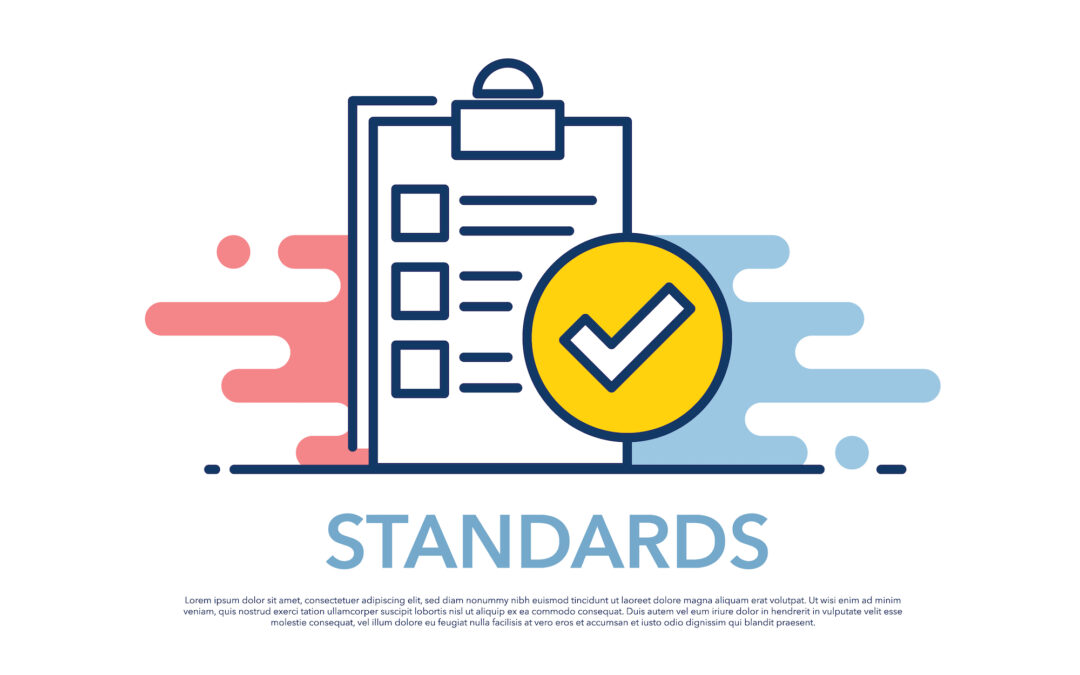A standard operating procedure (SOP) is a set of guidelines created to assist workers when performing job tasks to accomplish efficiency, quality, and consistency. The SOP brings standardization to work processes and documentation. A written SOP details the instructions for performing a job task. When workers perform the task as written, there is less chance of failure, and a well-written SOP contributes to ensuring that federal, state, local, and company regulations are satisfied.
Discussion Points:
• What is an SOP?
• What is the purpose of the SOP?
• What do you want to accomplish with the use of the SOP?
• Who is responsible for performing the SOP?
• List some benefits of having an SOP.
Discussion:
Creating more structure in your business activities can improve productivity and reduce costs considerably. They can aid in standardized training of employees who are new to the job and workers who have been reassigned to a new job task. They can be used in any industry and can outline procedures for high-risk tasks, new processes, routine activities, quality and compliance purposes, and training initiatives. SOPs improve communication between workers and assist in updating and making changes to work procedures. They improve the efficiency and consistency of processes. Workers can refer to the SOP to ensure they perform the task as instructed and reduces variations in completed work, and they help to create a safer work environment by reinforcing safety protocols to prevent potential hazards, accidents, and injuries.
SOPs can be created in the traditional paper-based format, which does not rely on a power source to view and can be posted at site locations for all workers to access. Digital SOPs have an advantage in that a paperless SOP template can be created, edited, and used, streamlining the process and allowing for data collection and capture of an electronic signature. Regardless of the format, not following SOPs can increase inconstancy, producing unwanted work variations, causing significant errors in production, workers not meeting responsibilities, and failing to comply with regulatory requirements.
As always, be safe out there!


Recent Comments